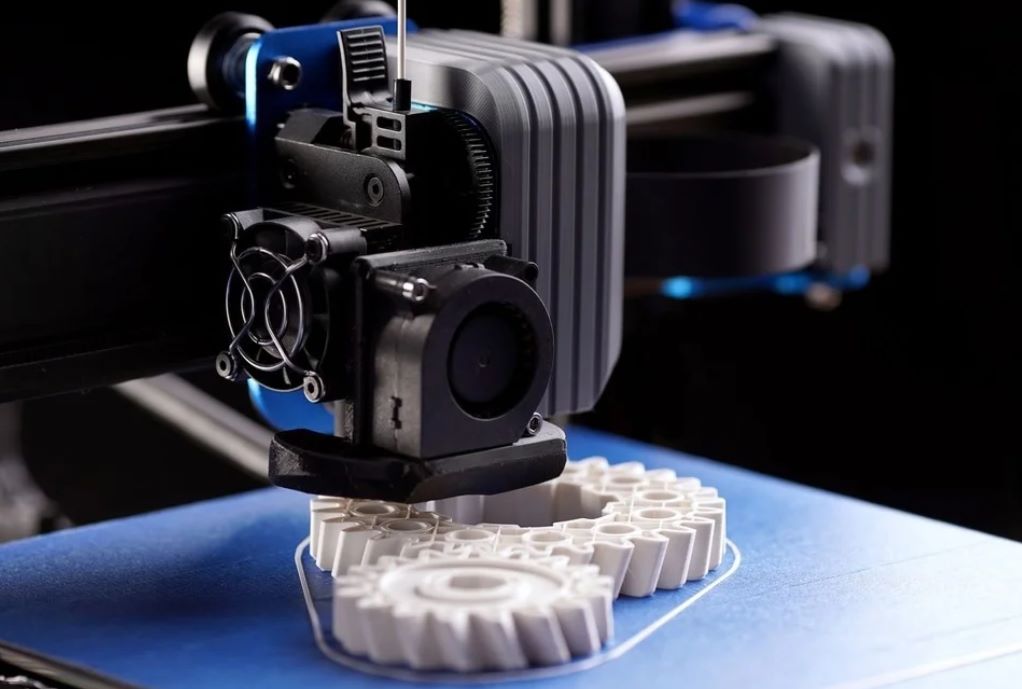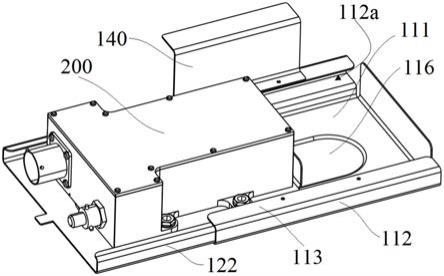
- English
- 简体中文
- Español
- Português
- русский
- Français
- 日本語
- Deutsch
- tiếng Việt
- Italiano
- Nederlands
- ภาษาไทย
- Polski
- 한국어
- Svenska
- magyar
- Malay
- বাংলা ভাষার
- Dansk
- Suomi
- हिन्दी
- Pilipino
- Türkçe
- Gaeilge
- العربية
- Indonesia
- Norsk
- تمل
- český
- ελληνικά
- український
- Javanese
- فارسی
- தமிழ்
- తెలుగు
- नेपाली
- Burmese
- български
- ລາວ
- Latine
- Қазақша
- Euskal
- Azərbaycan
- Slovenský jazyk
- Македонски
- Lietuvos
- Eesti Keel
- Română
- Slovenski
- मराठी
Leading the Future of Manufacturing: An Analysis by Visa on How PEEK and PEI (ULTEM) Are Reshaping the Landscape of Industrial 3D Printing
2025-11-03
In traditional perception, 3D printing may still be closely associated with prototype validation and conceptual models. However, with the rapid advancements in materials science, industrial-grade 3D printing is undergoing a profound transformation—it is no longer merely a tool for "rapid prototyping" but has evolved into a powerful engine for "direct digital manufacturing." In this transformation, top-tier specialty engineering plastics such as Polyetheretherketone (PEEK) and Polyetherimide (PEI, brand name ULTEM) are playing an irreplaceable and critical role.

As an experienced service provider in the field of high-performance engineering plastics, Shanghai Visa Plastics S&T CO., LTD. continuously monitors and promotes the application and development of these advanced materials in additive manufacturing. We believe that the deep integration of PEEK and PEI is unlocking unprecedented design and manufacturing possibilities for high-end industries such as aerospace, healthcare, and electronics.
I. Pushing the Boundaries of Performance: Why PEEK and PEI?
Industrial-grade 3D printing places extremely stringent demands on materials, requiring them not only to adapt to the printing process but also to possess mechanical, thermal, and chemical properties robust enough to withstand harsh working conditions after printing.
PEEK: The All-Rounder at the Top of the Pyramid
Exceptional high-temperature resistance: With a continuous service temperature of up to 260°C, it can withstand high-temperature environments in aerospace and automotive engine compartments.
Remarkable mechanical strength: Its strength-to-weight ratio far exceeds that of many metal materials, making it an ideal choice for lightweight applications.
Excellent chemical resistance and inherent flame retardancy.
Outstanding biocompatibility: Makes it highly suitable for 3D printing medical implants (e.g., bone replacements).
PEI (ULTEM): The Reliable Pillar of Safety and Stability
High strength and stiffness: Maintains excellent mechanical properties even at elevated temperatures.
Inherent high flame retardancy (UL94 V-0) with low smoke emission, making it a mandatory material for aerospace interior components and electronic parts.
Superior dielectric strength and chemical resistance.
II. Real-World Applications: From "Possible" to "Essential"
Leveraging these exceptional properties, the application of PEEK and PEI in industrial-grade 3D printing is transitioning from experimentation to large-scale production.
Aerospace: The Perfect Blend of Lightweighting and Compliance
Components such as aircraft cabin brackets and air ducts printed with ULTEM 9085 resin not only meet stringent FST (flammability, smoke, toxicity) standards but also achieve significant weight reduction through complex topology-optimized structures.
PEEK materials are used to manufacture drone parts and satellite components, ensuring mission reliability with their high strength and resistance to space environments.

Healthcare: The Foundation of Personalized Medicine
PEEK is an ideal material for producing personalized, bone-matching implants (e.g., cranial repair plates, facial bone implants). 3D printing technology can accurately replicate patient anatomy, while PEEK provides a modulus matching that of bone and excellent biocompatibility, significantly improving surgical outcomes and patient recovery.
Medical tools such as surgical guides and sterilization trays are increasingly being printed with high-performance materials to ensure durability and repeatable sterilizability.

Automotive and Industrial Manufacturing:Agile Supply of Low-Volume, High-Performance Parts
For racing cars, high-end sports cars, or specialized vehicles, PEEK-printed high-temperature-resistant sensor brackets and transmission components enable rapid iteration and small-batch custom production.
In the semiconductor industry, fixtures and chucks that need to withstand plasma and ultra-clean environments are perfectly addressed by 3D-printed PEEK and PEI components.




